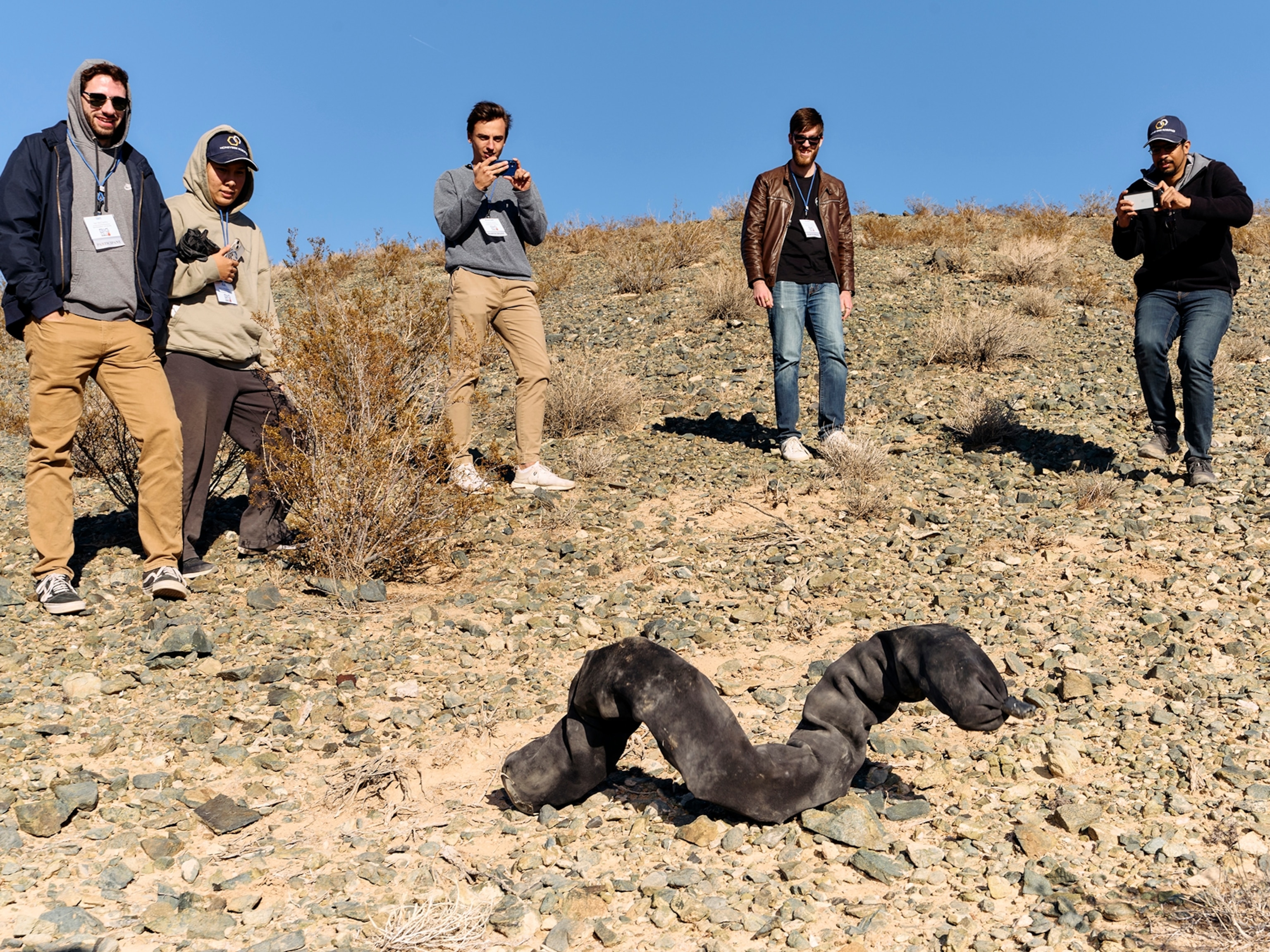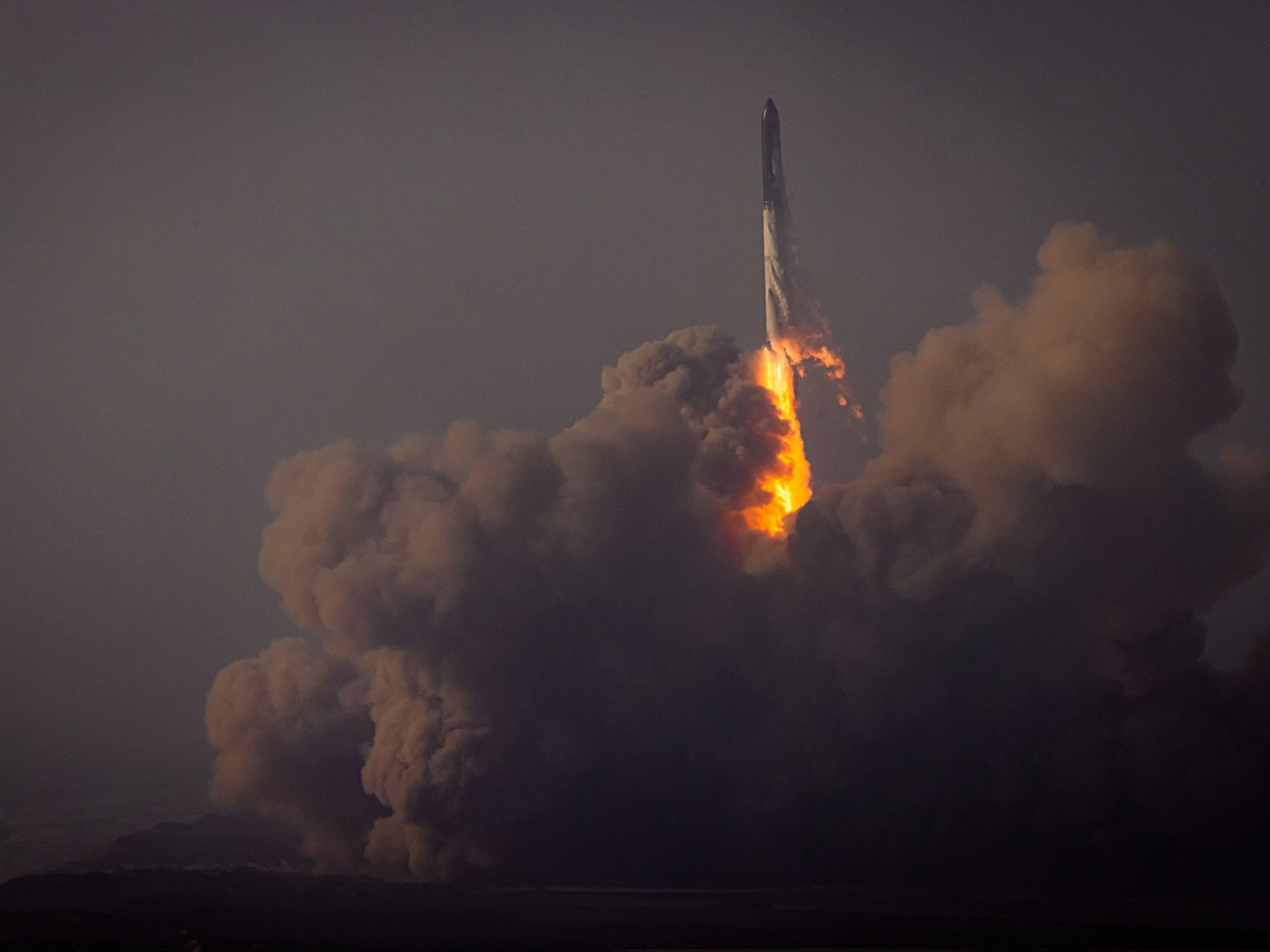Mars has captivated humans since we first set eyes on it as a star-like object in the night sky. Early on, its reddish hue set the planet apart from its shimmering siblings, each compelling in its own way, but none other tracing a ruddy arc through Earth’s heavens. Then, in the late 1800s, telescopes first revealed a surface full of intriguing features—patterns and landforms that scientists at first wrongly ascribed to a bustling Martian civilization. Now, we know there are no artificial constructions on Mars. But we’ve also learned that, until 3.5 billion years ago, the dry, toxic planet we see today might have once been as habitable as Earth.
Since the 1960s, humans have set out to discover what Mars can teach us about how planets grow and evolve, and whether it has ever hosted alien life. So far, only uncrewed spacecraft have made the trip to the red planet, but that could soon change. NASA is hoping to land the first humans on Mars by the 2030s—and several new missions are launching before then to push exploration forward. Here’s a look at why these journeys are so important—and what humans have learned about Mars through decades of exploration.
Why explore Mars
Over the last century, everything we’ve learned about Mars suggests that the planet was once quite capable of hosting ecosystems—and that it might still be an incubator for microbial life today.
Mars is the fourth rock from the sun, just after Earth. It is just a smidge more than half of Earth’s size, with gravity only 38 percent that of Earth’s. It takes longer than Earth to complete a full orbit around the sun—but it rotates around its axis at roughly the same speed. That’s why one year on Mars lasts for 687 Earth days, while a day on Mars is just 40 minutes longer than on Earth.
Despite its smaller size, the planet’s land area is also roughly equivalent to the surface area of Earth’s continents—meaning that, at least in theory, Mars has the same amount of habitable real estate. Unfortunately, the planet is now wrapped in a thin carbon dioxide atmosphere and cannot support earthly life-forms. Methane gas also periodically appears in the atmosphere of this desiccated world, and the soil contains compounds that would be toxic to life as we know it. Although water does exist on Mars, it’s locked into the planet’s icy polar caps and buried, perhaps in abundance, beneath the Martian surface.
Today, when scientists scrutinize the Martian surface, they see features that are unquestionably the work of ancient, flowing liquids: branching streams, river valleys, basins, and deltas. Those observations suggest that the planet may have once had a vast ocean covering its northern hemisphere. Elsewhere, rainstorms soaked the landscape, lakes pooled, and rivers gushed, carving troughs into the terrain. It was also likely wrapped in a thick atmosphere capable of maintaining liquid water at Martian temperatures and pressures.
Somewhere during Martian evolution, the planet went through a dramatic transformation, and a world that was once rather Earthlike became the dusty, dry husk we see today. The question now is, what happened? Where did those liquids go, and what happened to the Martian atmosphere?
Exploring Mars helps scientists learn about momentous shifts in climate that can fundamentally alter planets. It also lets us look for biosignatures, signs that might reveal whether life was abundant in the planet’s past—and if it still exists on Mars today. And, the more we learn about Mars, the better equipped we’ll be to try to make a living there, someday in the future.
Past missions, major discoveries
Since the 1960s, humans have sent dozens of spacecraft to study Mars. Early missions were flybys, with spacecraft furiously snapping photos as they zoomed past. Later, probes pulled into orbit around Mars; more recently, landers and rovers have touched down on the surface.
But sending a spacecraft to Mars is hard, and landing on the planet is even harder. The thin Martian atmosphere makes descent tricky, and more than 60 percent of landing attempts have failed. So far, four space agencies—NASA, Russia’s Roscosmos, the European Space Agency (ESA), and the Indian Space Research Organization (ISRO)—have put spacecraft in Martian orbit. With eight successful landings, the United States is the only country that has operated a craft on the planet’s surface. The United Arab Emirates and China might join that club if their recently launched Hope and Tianwen-1 missions reach the red planet safely in February 2021.
Early highlights of Mars missions include NASA's Mariner 4 spacecraft, which swung by Mars in July 1965 and captured the first close-up images of this foreign world. In 1971, the Soviet space program sent the first spacecraft into Martian orbit. Called Mars 3, it returned roughly eight months of observations about the planet's topography, atmosphere, weather, and geology. The mission also sent a lander to the surface, but it returned data for only about 20 seconds before going quiet.

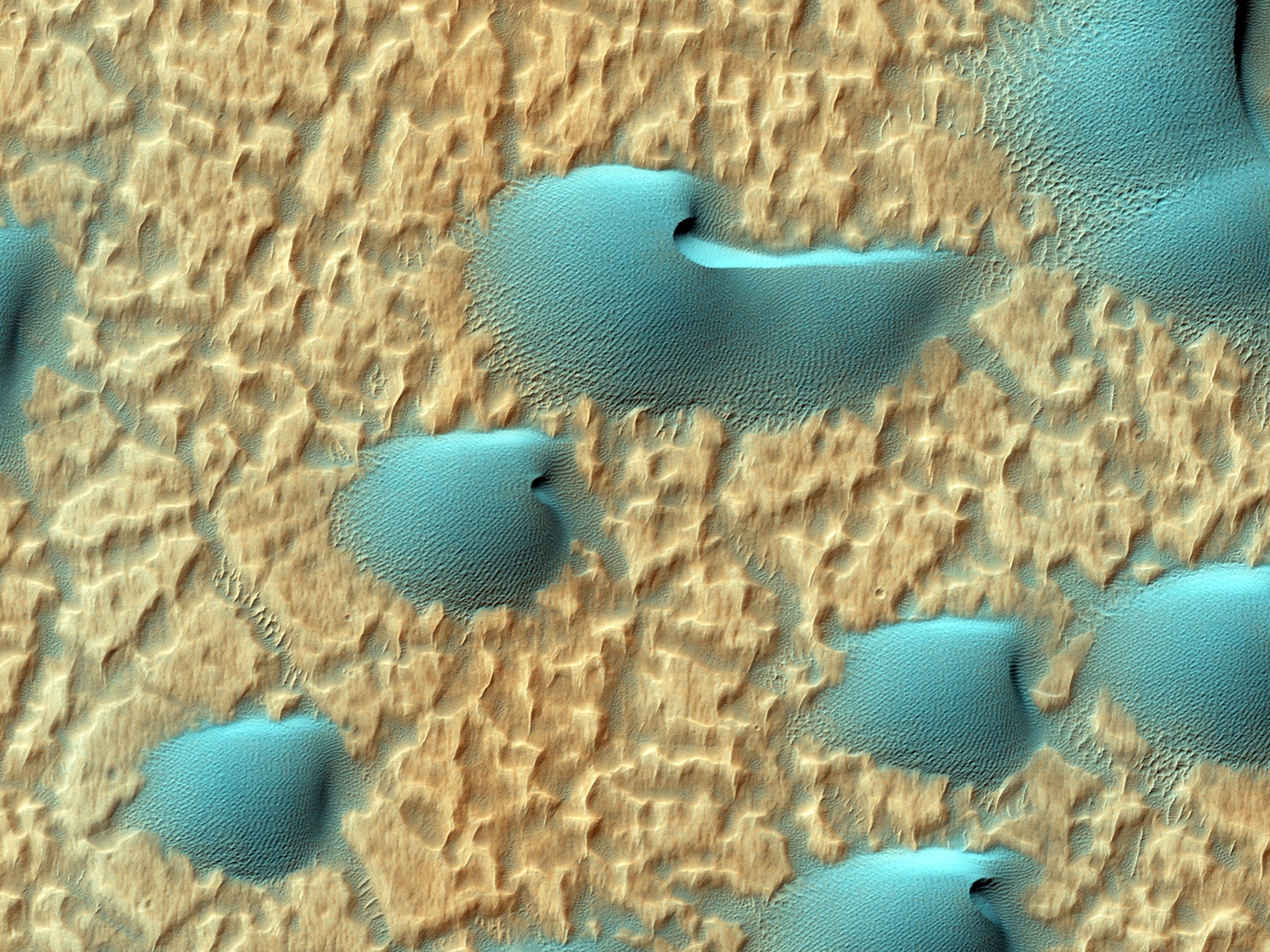





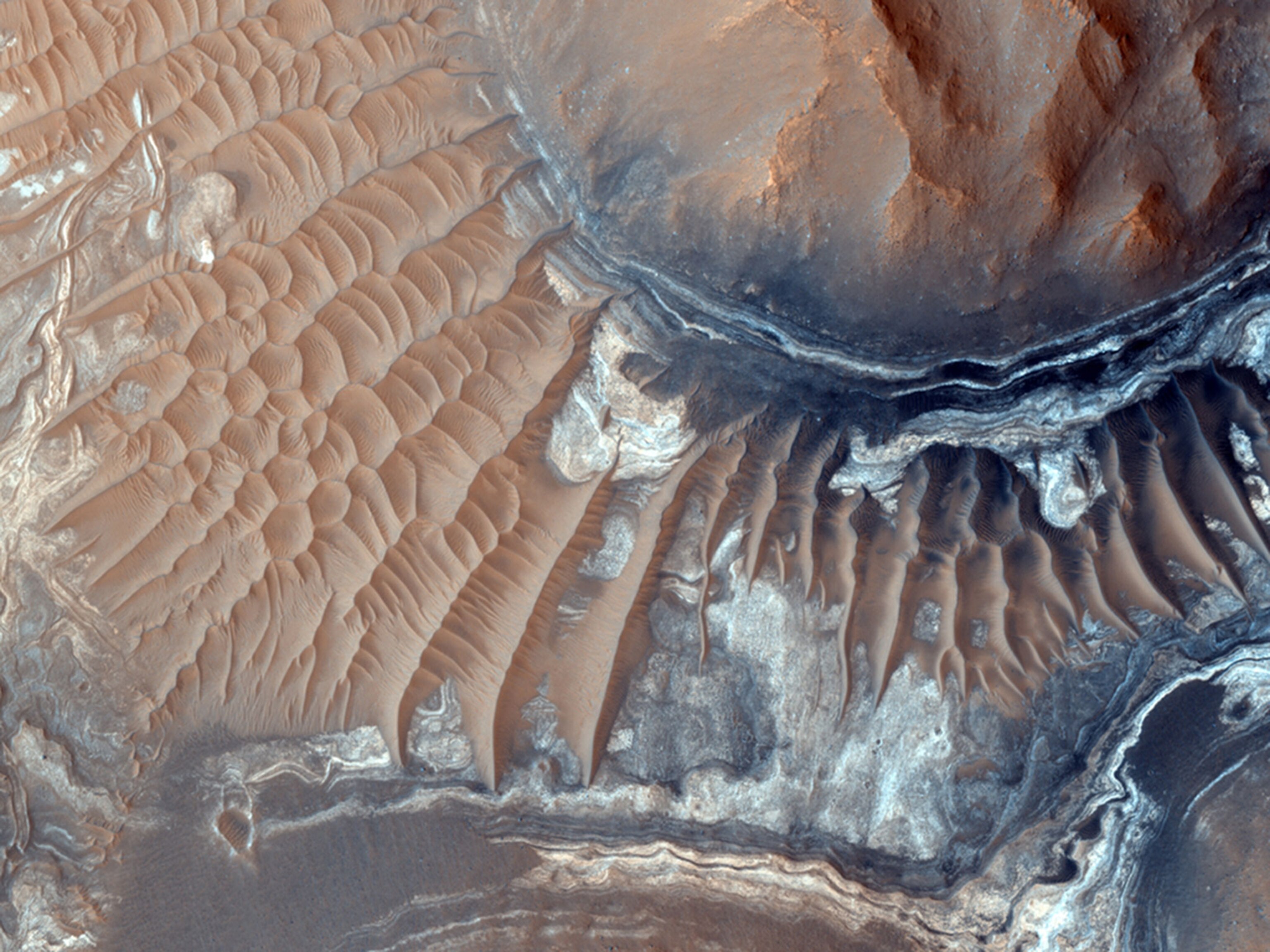



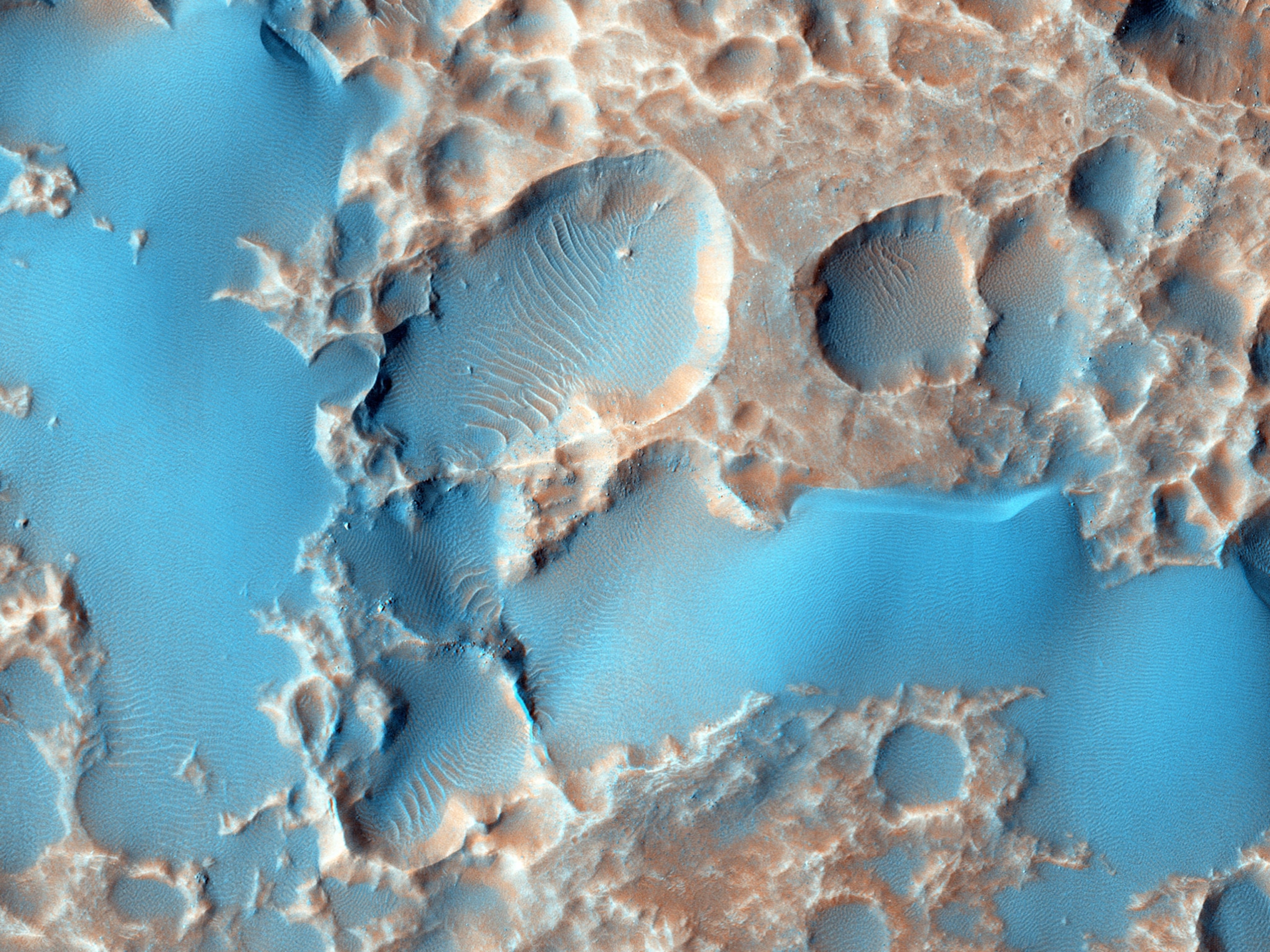
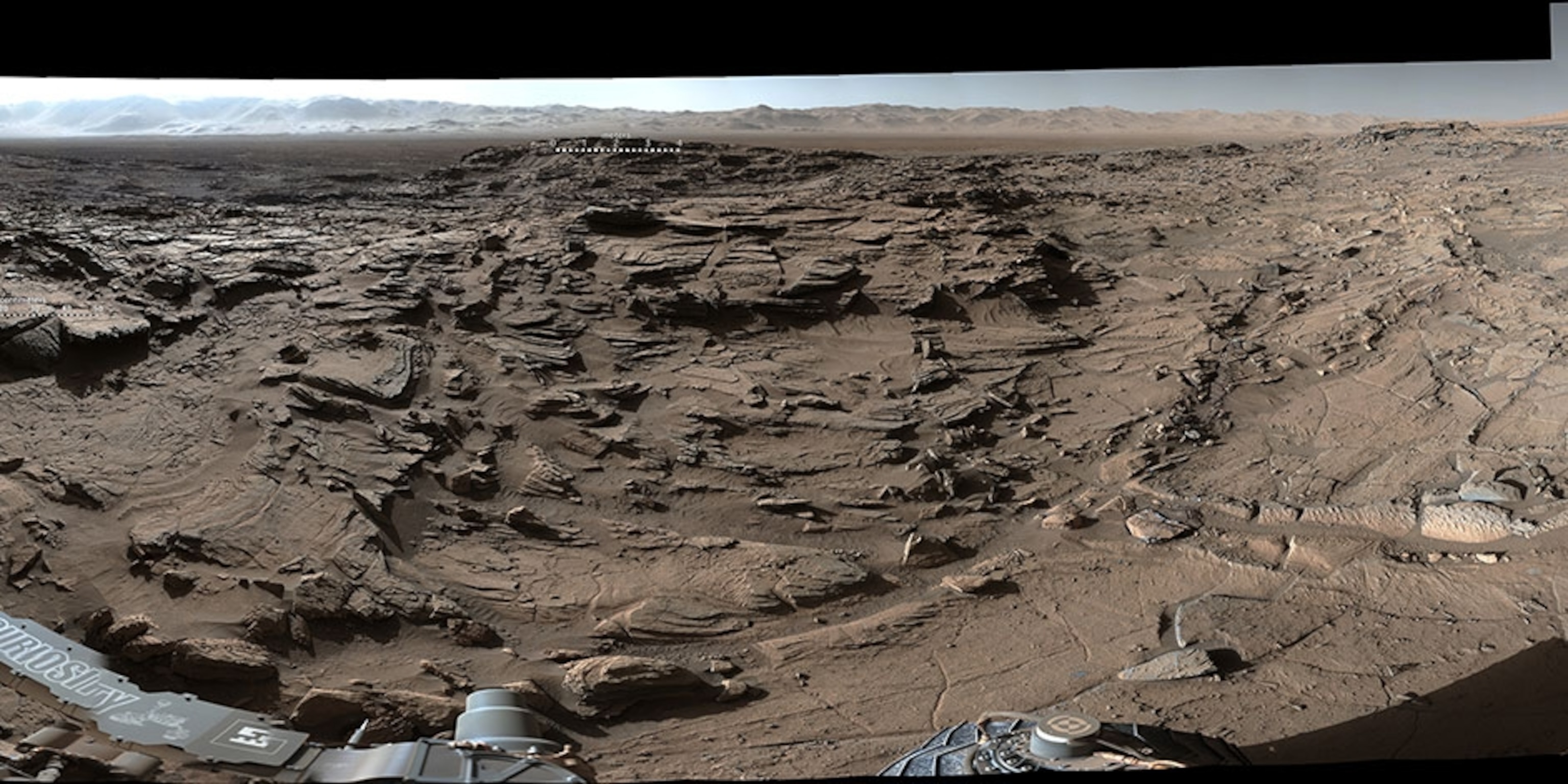







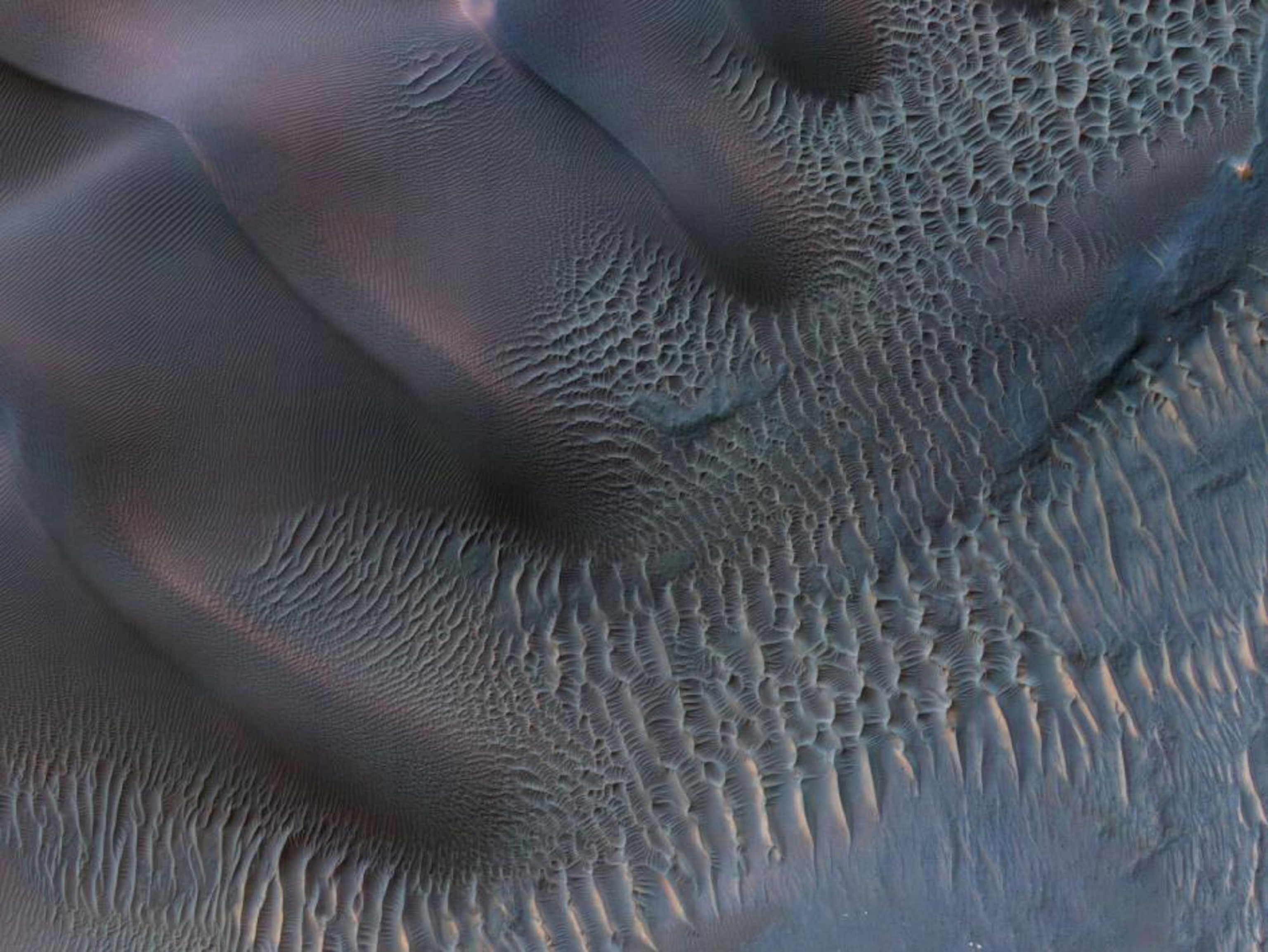







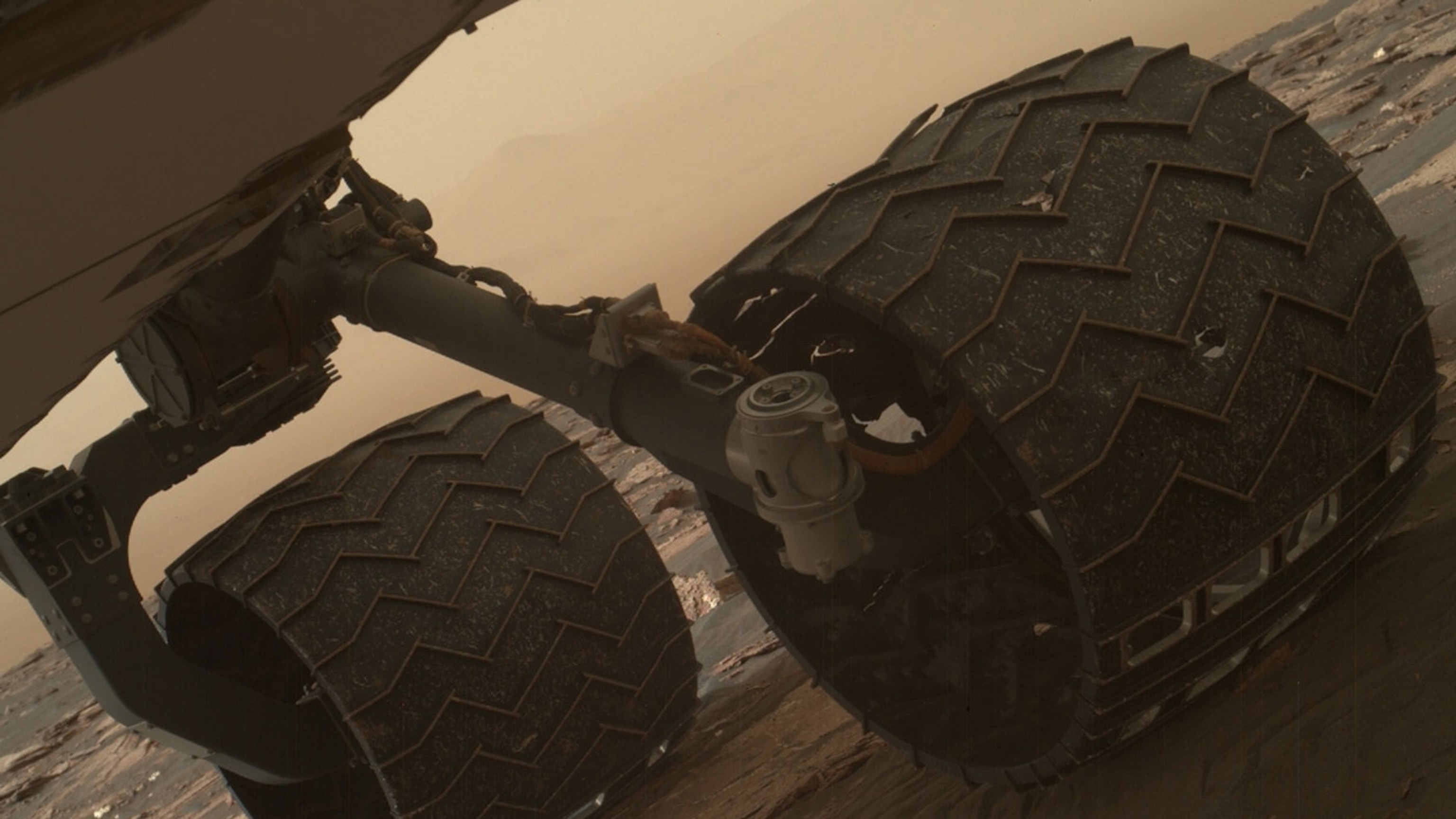







Over the subsequent decades, orbiters returned far more detailed data on the planet's atmosphere and surface, and finally dispelled the notion, widely held by scientists since the late 1800s, that Martian canals were built by an alien civilization. They also revealed some truly dramatic features: the small world boasts the largest volcanoes in the solar system, and one of the largest canyons yet discovered—a chasm as long as the continental United States. Dust storms regularly sweep over its plains, and winds whip up localized dust devils.
In 1976, NASA’s Viking 1 and 2 became the first spacecraft to successfully operate on the planet’s surface, returning photos until 1982. They also conducted biological experiments on Martian soil that were designed to uncover signs of life in space—but their results were inconclusive, and scientists still disagree over how to interpret the data.
NASA’s Mars Pathfinder mission, launched in 1996, put the first free-moving rover—called Sojourner—on the planet. Its successors include the rovers Spirit and Opportunity, which explored the planet for far longer than expected and returned more than 100,000 images before dust storms obliterated their solar panels in the 2010s.
Now, two NASA spacecraft are active on the Martian surface: InSight is probing the planet’s interior and it has already revealed that “marsquakes” routinely rattle its surface. The Curiosity rover, launched in 2012, is also still wheeling around in Gale Crater, taking otherworldly selfies, and studying the rocks and sediments deposited in the crater’s ancient lakebed.
Several spacecraft are transmitting data from orbit: NASA’s MAVEN orbiter, Mars Reconnaissance Orbiter, and Mars Odyssey; ESA’s Mars Express and Trace Gas Orbiter; and India’s Mars Orbiter Mission.
Together, these missions have shown scientists that Mars is an active planet that is rich in the ingredients needed for life as we know it—water, organic carbon, and an energy source. Now, the question is: Did life ever evolve on Mars, and is it still around?
Future of Mars exploration
Once every 26 months, Earth and Mars are aligned in a way that minimizes travel times and expense, enabling spacecraft to make the interplanetary journey in roughly half a year. Earth’s space agencies tend to launch probes during these conjunctions, the most recent of which happens in the summer of 2020. Three countries are sending spacecraft to Mars during this window: The United Arab Emirates, which launched its Hope spacecraft on July 20 and will orbit Mars to study its atmosphere and weather patterns; China, which launched its Tianwen-1 on July 23, and the United States, currently targeting July 30 for the launch of its Perseverance rover.
Perseverance is a large, six-wheeled rover equipped with a suite of sophisticated instruments. Its target is Jezero Crater, site of an ancient river delta, and a likely location for ancient life-forms to have thrived. Once on the surface, Perseverance will study Martian climate and weather, test technologies that could help humans survive on Mars, and collect samples from dozens of rocks that will eventually be brought to Earth. Among its goals is helping to determine whether Mars was—or is—inhabited, making it a true life-finding Mars mission.
All of the robotic activity is, of course, laying the groundwork for sending humans to the next world over. NASA is targeting the 2030s as a reasonable timeframe for setting the first boots on Mars, and is developing a space capsule, Orion, that will be able to ferry humans to the moon and beyond.
Private spaceflight companies such as SpaceX are also getting into the Mars game. SpaceX CEO Elon Musk has repeatedly said that humanity must become “a multiplanetary species” if we are to survive, and he is working on a plan that could see a million people living on Mars before the end of this century.
Soon, in one way or another, humanity may finally know whether our neighboring planet ever hosted life—and whether there’s a future for our species on another world.
Related Topics
You May Also Like
Go Further
Animals
- This ‘saber-toothed’ salmon wasn’t quite what we thoughtThis ‘saber-toothed’ salmon wasn’t quite what we thought
- Why this rhino-zebra friendship makes perfect senseWhy this rhino-zebra friendship makes perfect sense
- When did bioluminescence evolve? It’s older than we thought.When did bioluminescence evolve? It’s older than we thought.
- Soy, skim … spider. Are any of these technically milk?Soy, skim … spider. Are any of these technically milk?
- This pristine piece of the Amazon shows nature’s resilienceThis pristine piece of the Amazon shows nature’s resilience
Environment
- This pristine piece of the Amazon shows nature’s resilienceThis pristine piece of the Amazon shows nature’s resilience
- Listen to 30 years of climate change transformed into haunting musicListen to 30 years of climate change transformed into haunting music
- This ancient society tried to stop El Niño—with child sacrificeThis ancient society tried to stop El Niño—with child sacrifice
- U.S. plans to clean its drinking water. What does that mean?U.S. plans to clean its drinking water. What does that mean?
History & Culture
- Séances at the White House? Why these first ladies turned to the occultSéances at the White House? Why these first ladies turned to the occult
- Gambling is everywhere now. When is that a problem?Gambling is everywhere now. When is that a problem?
- Beauty is pain—at least it was in 17th-century SpainBeauty is pain—at least it was in 17th-century Spain
- The real spies who inspired ‘The Ministry of Ungentlemanly Warfare’The real spies who inspired ‘The Ministry of Ungentlemanly Warfare’
- Heard of Zoroastrianism? The religion still has fervent followersHeard of Zoroastrianism? The religion still has fervent followers
Science
- Here's how astronomers found one of the rarest phenomenons in spaceHere's how astronomers found one of the rarest phenomenons in space
- Not an extrovert or introvert? There’s a word for that.Not an extrovert or introvert? There’s a word for that.
- NASA has a plan to clean up space junk—but is going green enough?NASA has a plan to clean up space junk—but is going green enough?
- Soy, skim … spider. Are any of these technically milk?Soy, skim … spider. Are any of these technically milk?
- Can aspirin help protect against colorectal cancers?Can aspirin help protect against colorectal cancers?
Travel
- What it's like to hike the Camino del Mayab in MexicoWhat it's like to hike the Camino del Mayab in Mexico
- Is this small English town Yorkshire's culinary capital?Is this small English town Yorkshire's culinary capital?
- Follow in the footsteps of Robin Hood in Sherwood ForestFollow in the footsteps of Robin Hood in Sherwood Forest
- This chef is taking Indian cuisine in a bold new directionThis chef is taking Indian cuisine in a bold new direction





